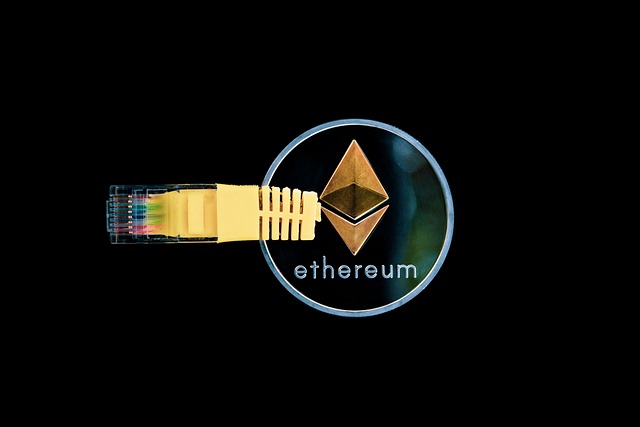Ethereum Gas Price Dynamics: Navigating Transaction Costs
The world of blockchain technology is continually evolving, and Ethereum stands at the forefront of revolutionizing the way we conduct transactions and build decentralized applications (dApps). As Ethereum’s popularity soars, it becomes imperative for users and developers to understand the intricacies of the network, especially when it comes to Ethereum gas price dynamics.
In the Ethereum ecosystem, gas refers to the measure of computational effort required to execute operations on the blockchain. Every transaction, contract, or action performed on the Ethereum network consumes a specific amount of gas, which in turn incurs a cost in Ether (ETH). Understanding and effectively navigating Ethereum gas prices is crucial for optimizing transaction costs and ensuring smooth and efficient operations on the network.
Gas prices on Ethereum are denominated in a unit called Gwei, which is a fraction of Ether. As the demand for Ethereum network resources fluctuates, so does the price of gas. These fluctuations in gas prices primarily occur due to changes in network congestion, which is influenced by various factors such as transaction volume, network usage, and the complexity of smart contracts being executed.
To understand Ethereum gas price dynamics and navigate transaction costs efficiently, it is essential to keep a few key considerations in mind:
- Gas Price Estimation: Before initiating any transaction on the Ethereum network, it is crucial to estimate the gas price required for its execution accurately. Various online tools and gas price calculators are available to provide real-time gas price estimates based on network conditions. These estimations help users set an appropriate gas price to avoid overpaying for transactions or experiencing delays due to low gas prices.
- Gas Limit: Each Ethereum block has a predefined gas limit, which restricts the number of computational operations that can be performed in a given block. When executing a transaction or interacting with a smart contract, it is vital to set an appropriate gas limit that reflects the complexity of the operation. Setting a gas limit too low can result in a transaction failure, while setting it too high may unnecessarily increase transaction costs.
- Gas Optimization Techniques: Developers and users can employ various techniques to optimize gas usage and reduce transaction costs. This includes utilizing efficient code practices, simplifying smart contract logic, avoiding unnecessary storage operations, and utilizing gas-efficient techniques such as batch transactions or using pre-compiled code libraries. Employing these optimization techniques can significantly reduce transaction costs, especially for dApps experiencing high traffic or frequently interacting with the Ethereum network.
- Network Monitoring: Ethereum’s gas price dynamics are subject to constant changes influenced by network congestion. Monitoring real-time gas prices and network congestion levels can help users and developers identify optimal periods to execute transactions or carry out resource-intensive operations. Utilizing tools such as gas price trackers, blockchain explorers, or Ethereum analytics platforms ensures staying up-to-date with gas price trends and making informed decisions regarding transaction execution.
-
Gas Price Marketplaces: In recent years, gas price marketplaces have emerged, allowing users to bid for priority in executing their transactions. These marketplaces enable users to select their desired gas price based on urgency or individual requirements. While these marketplaces can be useful in specific scenarios, they often incur additional costs, and users must carefully assess whether the benefits outweigh the extra expenses.
Navigating Ethereum gas price dynamics requires a deep understanding of the Ethereum network’s mechanics and constant vigilance in monitoring gas prices and network congestion. By accurately estimating gas prices, optimizing gas usage, and staying informed about real-time gas price trends, users and developers can minimize transaction costs and ensure efficient operations on the Ethereum network.
In conclusion, Ethereum gas price dynamics play a crucial role in determining transaction costs and the overall efficiency of the Ethereum network. As the ecosystem continues to evolve, staying knowledgeable and adaptive regarding gas price fluctuations becomes essential for successfully navigating the Ethereum blockchain.







